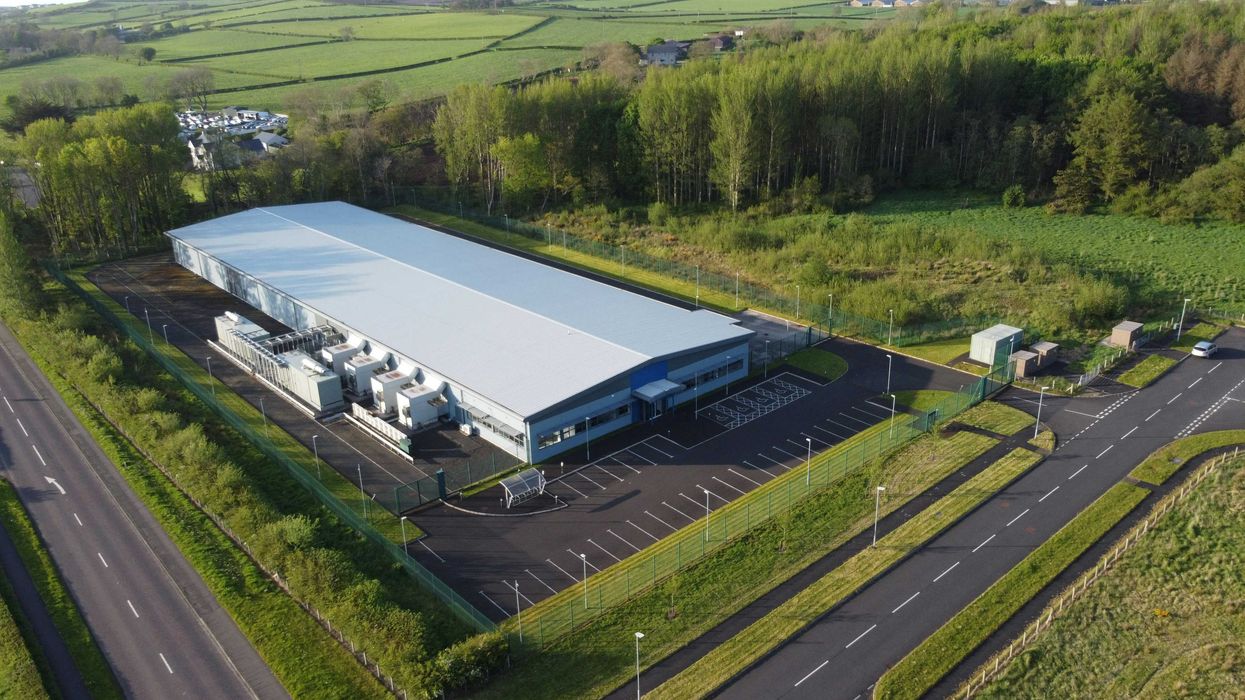The Detroit River's journey from a heavily polluted waterway in the 1960s to a cleaner habitat today highlights the ongoing challenges and successes in environmental conservation.
John Hartig reports for Great Lakes Now
In short:
- In the 1940s and 1960s, the Detroit River suffered severe oil pollution, impacting wildlife and the ecosystem.
- Public outcry and environmental laws in the 1970s led to significant improvements in the river's health, including the return of various wildlife species.
- Despite progress, challenges remain, including preventing pollution and addressing climate change impacts.
Key quote:
“It seemed that the Detroit River always had an oil sheen on it. As a result, the river had its own unique oil smell during those years – sort of like a gas station."
— Jim Gorris, Retired mayor of Gibraltar
Why this matters:
The Detroit River's transformation is a reminder of the impact of industrial activities on our ecosystems. This story connects to broader national concerns about environmental protection and sustainable development, emphasizing the importance of ongoing vigilance and action for healthier waterways and communities.
The Detroit River has been dealing with pollution for years, as evidenced in this 2013 piece by Brian Bienkowski.














